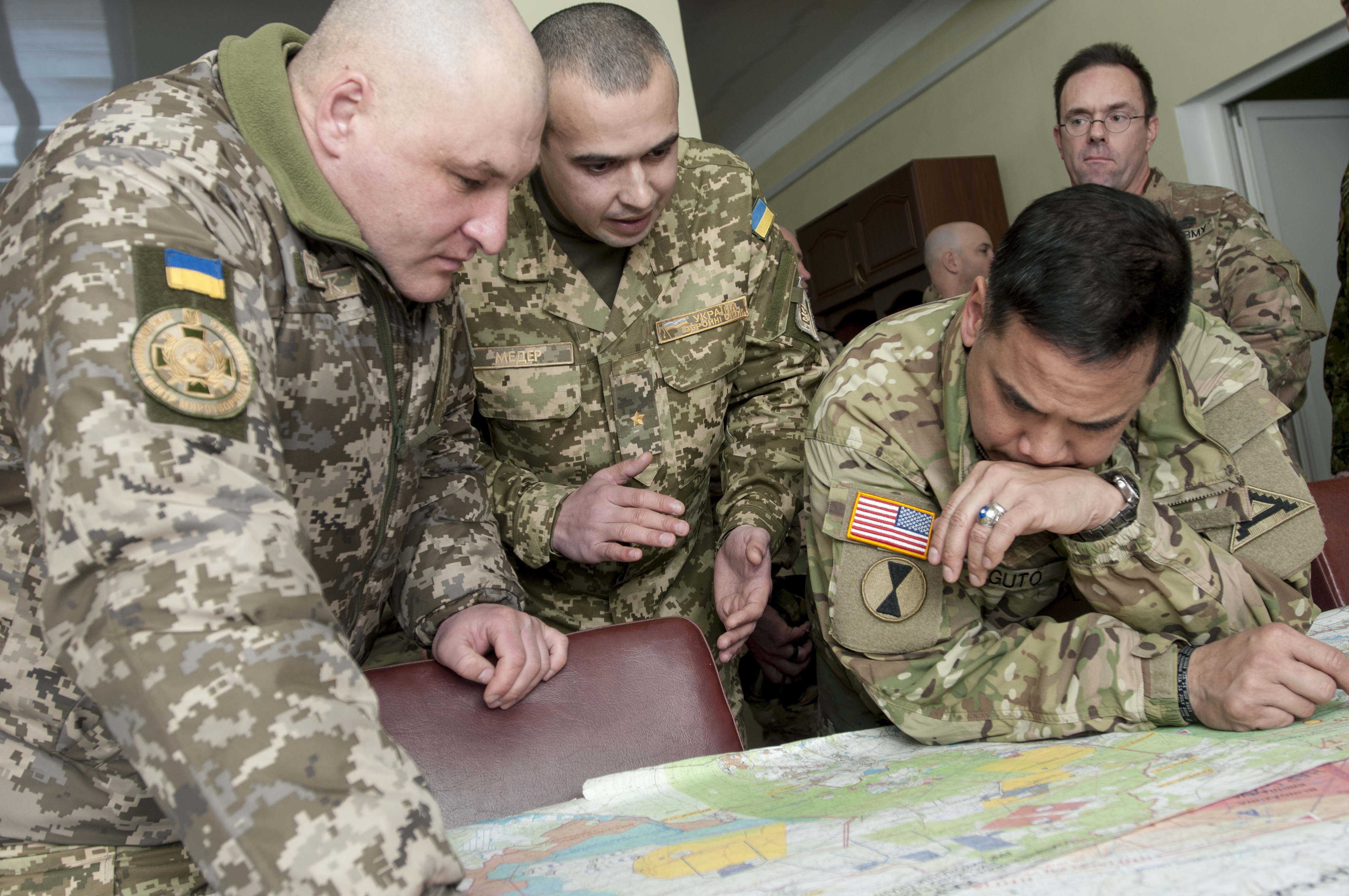Thoughts on 'Warrior Culture" and Identity in the Military
Reposted from Foreign Policy
Is our military’s ‘warrior culture’ a reaction to leaders’ risk aversion?
The appellation “warrior,” and the “warrior culture” it denotes, have a bad rap. The word has been spanked by some of the more liberal voices in military Twittersphere. The loss of “warrior culture” has been equally bemoaned from the more reactionary voices, among social media veteran’s groups, and even Congress. The negative effects warrior culture either has on the military, or the loss of it has on the military, have been equally well argued.
I’m more interested in the question of how things got to be this way. From where did this seeming resurgence come? Why does my generation of veterans seem to be so different from those who came before us? I’ll be honest. I still wear my combat boots sometimes. I’ve been out for three years, and despite my best efforts at self-awareness, the fact that I am a former Marine, and an Afghanistan vet, usually comes out within about five minutes of meeting someone. A militant culture helped me, a nervous, bookish, anxiety ridden young man, take up the mantle of infantry Marine. My drill instructors, my NCO’s, and yes, some Dave Grossman and Hollywood, convinced me I was a gunslinger, a warfighter, and it’s hard for me to hang up those guns, now that I’m supposed to move on.
Certainly the all-volunteer force has something to do with it. It’s not an everyman’s military. Even in the Marine Corps infantry, where the joke goes all you need is a pulse and a 33 ASVAB score, we are highly trained technocrats. From tactics, to radios, to optics, to anti-IED devices, to dog handling. Today’s military is a small, professionalized force. Citizen-soldiers we are not.
The marketing required for the AVF plays a part as well. To convince people to join, the military must build a brand image. This image isn’t built on the mostly benign TV commercials and billboards. It’s built on social media. The Marine Corps posts “bad-ass” alerts for medal recipients. Combined Joint-Task Force Inherent Resolve has a Twitter handle from which they post air-strike videos, sometimes with high five captions for killing “the bad guys.” Veteran owned business do their part as well. “Share a bullet with ISIS” t-shirts, “sheep-dog” apparel, etc., combine a culture of cool with a culture of kill to capture veterans and civilians who want to proclaim their “warrior spirit,” however they define it, but usually involving heavy amounts of caffeine, alcohol, guns, and military gear.
The protracted nature of OIF/OEF contributes as well. When “once more unto the breach, dear friends” becomes an endless carousel of deployments, some kind of coping mechanism has to emerge, some narrative to make sense of it all. Warrior culture promotes the service member as a member of an elite caste, which they don’t leave after your contract is up. Endless wars have produced a “warrior spirit” that also doesn’t end. Forever war produces a forever warrior.
Finally, warrior culture can be seen as a reactionary idea. Tom is fond of noting how our military leaders are risk averse. The warrior culture seems to be strongest in the lower enlisted ranks, although it has been echoed by many higher ups. The “warrior” narrative is about aggression. If our officers, our strategists, our policy makers, fail to take appropriate risks, is it surprising that an alternate narrative to risk management and mitigation thrives among the junior ranks?
If warrior culture poses a problem for military identity, and I think it does, a more comprehensive and realistic approach towards risk may take some of the fuel from its fire. Instead of bemoaning warrior culture, we can think about what originated it, listening to those who feel they are a part of it, and creating a narrative that instead of complaining about it, addresses the legitimate concerns warrior culture raises. If there was a different, equally compelling story I could believe in, I might have an easier time hanging up those guns.
Peter Lucier is a former Marine infantry rifleman (2008-2013) who deployed to Afghanistan in 2011. He co-holds the Marine chair on the Best Defense Council of the Former Enlisted.
